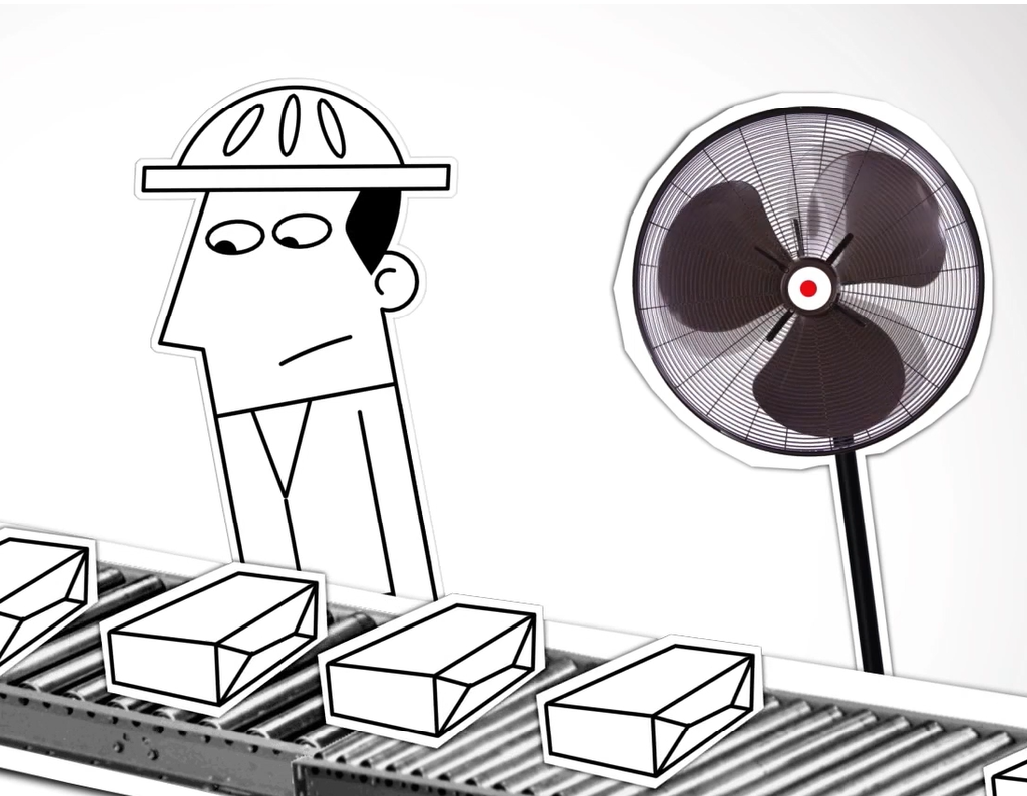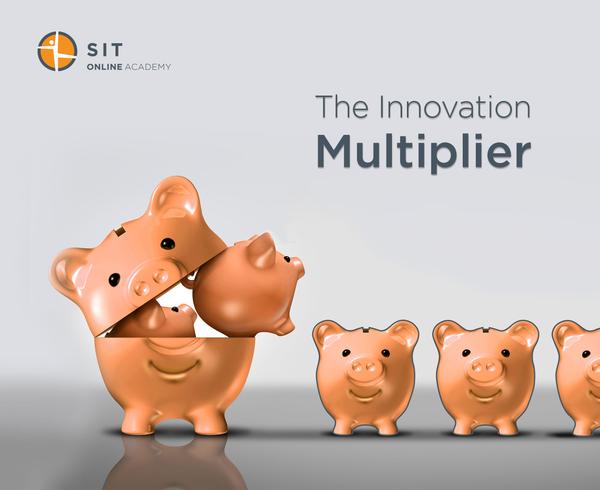Smart Cities on the Rise
The market for smart-city innovative ideas could be worth more than $1.5 trillion by 2020, according to a study by business consulting firm Frost & Sullivan. With such huge growth potential, do you think your city has what it takes to be The World’s Smartest City?
Israel’s cultural center and 2014 World Smart City award winner, Tel Aviv, is making huge strides in Smart City tech and design. This coastal city is breaking ground by thinking inside the box and using Israeli culture to its advantage.
But how exactly did Tel Aviv acquire such a status?
As opposed to focusing solely on new technology, Tel Aviv uses its active and tight-knit community. The Tel Aviv municipality’s utilization of internal resources can be likened to SIT’s Closed World Principle—where the focus is not on resources that lay outside, such as new technology, but on the internal resources that can be utilized inside, such as its tight-knit culture.
In addition, with a high population of young people, Tel Avivians are both more open to trying new innovative ideas and incorporating them into their daily lives. As Claus Tully from the German Institute puts it: “Young people take up modern technology and incorporate it into their everyday lives more rapidly and more unceremoniously than others.”

Have you heard about SIT’s transformative work in municipalities?
Bat Yam Municipality
Together, SIT and Bat Yam launched The Center for Entrepreneurship in Education. The center is made up of a community of 400+ entrepreneurs who meet socially and participate in both courses and one-on-one mentoring with SIT and center staff to help them realize their dreams. The Center recently launched an open innovation competition for new ventures, which received 300 entries. Through educational programs and activities for entrepreneurs, the Center seeks to make entrepreneurship a regular part of the daily educational experience.
SIT’s work with Municipalities in Colombia
SIT’s work with Colombia proved it is possible to change the interaction between local government and citizens without spending vast sums of money or engaging in extensive regulatory change. But how was this accomplished?
SIT trained 26 innovation coaches from various treasury positions who then ran 26 innovation projects in various departments. Initially, the focus was in the area of taxes. However, due to the project’s success and the substantial savings incurred, the participants have decided to extend the process to support other government departments in the future.
The Minneapolis Municipality
Before opening Target Field, The City of Minneapolis asked SIT to help find innovative solutions to traffic challenges the new ballpark would create. Specifically, SIT created an ideation project to address traffic, parking, and challenges to accessing events in the new ballpark. During the project, participants learned and applied SIT’s Task Unification thinking tool. They addressed physical elements (e.g. taxies, cars, traffic lights, skyways) alongside non-tangible elements (e.g. various types of data and information). The process generated several concrete ideas based on collecting, sharing, and communicating real-time information from multiple sources to streamline traffic, parking, public transportation, and pedestrian movement.
The question is: Does it take more than just innovative ideas and technology to create a smart city?
By examining Tel Aviv, it seems a smart city’s foundation is not only in new technological development but also in its culture. Similar to start-ups, where company founders refer to company culture as being the key to success, the Tel Aviv municipality also believes Israeli culture is key to their smart city success.
Tel Aviv, the 2014 World Smart Cities Award winner, employed the necessary technology, which took time, participation, and a strong culture. Some of the crucial elements of Tel Aviv’s appointment was the cohesiveness of the people, their curiosity, confidence, and their involvement with their communities. To harness this cohesiveness, Tel Aviv made sure to connect people to news, traffic, and other information, but in a way more personalized than radio or television.
Tel Aviv Smart City Pillars
- Eco: Including composting programs, community gardens, and water conservation methods.
- Community and entrepreneurship: Tel Aviv created centers for entrepreneurship, youth centers, and affordable municipal housing, etc.
- Traffic and parking: Bike paths (however, this still needs some work), paying for parking with one’s smartphone.
- Smart Food Policies: Policies to increase production and sustainable food consumption.
- Education: Emphasizing practical education, student initiatives are supported if they provide value.
Revolutionizing Municipal Technology
To put itself in front of the pack, the Tel Aviv municipality installed free public WiFi in almost all public areas, including the beach, while simultaneously leading a digital revolution for municipal services and information dispersal. Implementing a digitalized revolution called DigiTel, they gave each resident the ability to register at a checkpoint and create a personalized digital profile. This innovative idea worked wonders by providing Tel Avivians with “customized information and remote city services,” such as city events, information about roadblocks, or recommendations and discounts for restaurants. With this digital database, the municipality is now better able to facilitate communication between residents and leaders.
The Tel Aviv municipality claims that …
“City-making makes the difference between a space and a place – a space is a physical demarcation, while a real place draws people, tells a story, reflects a community’s values, and is embedded with meaning. A smart city strategy which uses technology in the service of people – is, in short, smart city-making.”
Tech developments and the cohesive Israeli start-up culture helped transform Tel Aviv into the smart city hub that it is today. Equipped with this information – what do you think your city can do to get ‘smarter’?
Share your innovative ideas with us in the comments below!









